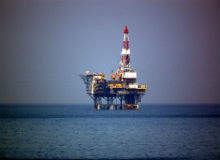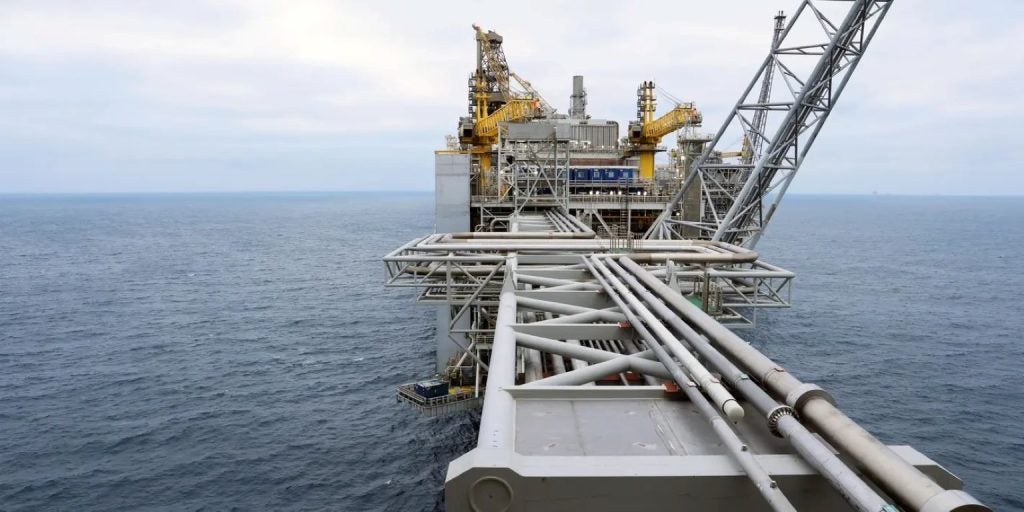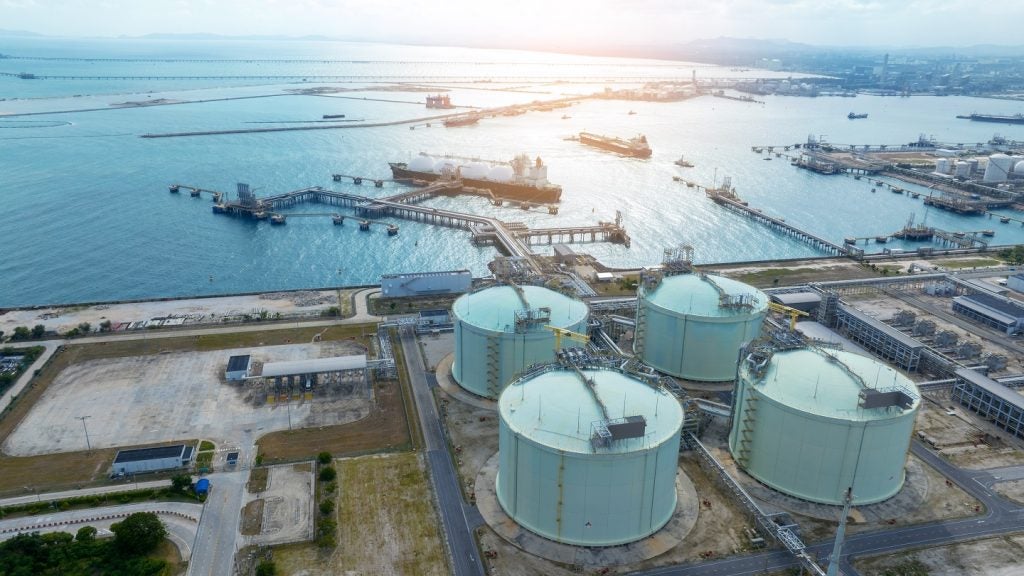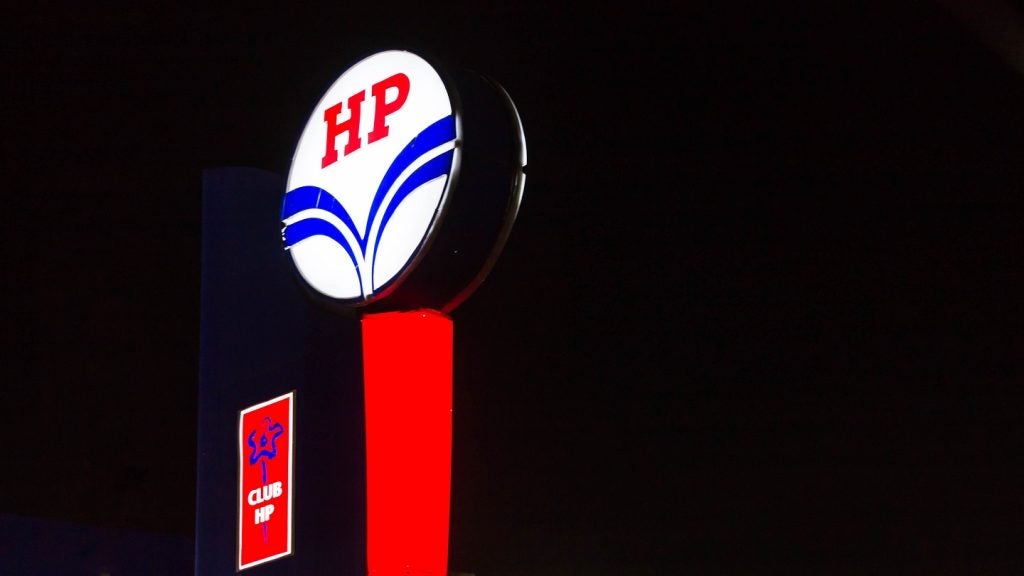

At this year’s Offshore Technology Conference (OTC), 3D Systems CEO Avi Reichental spoke about the use of 3D printing in the oil and gas industry. As it stands, it has mostly been used to speed up prototyping of new equipment, but certain pioneers are beginning to lay the foundations as it assumes a more prominent role.
“[I] was blown away by the interest and enthusiasm in 3D printing by the conference attendees [at the OTC],” says Reichental.
“I think there is a widespread understanding that the technology has the potential to be just as disruptive for oil and gas companies as it has been for the aerospace, automotive, healthcare and consumer electronics companies of the world. And that’s really exciting to me.”
A report last year by Accenture, entitled ‘A new dimension of opportunity’, claims that the 3D market is expected to rise to £12bn over the next decade, and move from prototyping to complex parts.
In addition, oil services firm Halliburton used 3D printing to produce parts used in drilling, and GE Oil & Gas has used plastic and metal printers to reduce design times for prototyping from, in some cases, 12 months to 12 weeks, but is ready to go further.
How well do you really know your competitors?
Access the most comprehensive Company Profiles on the market, powered by GlobalData. Save hours of research. Gain competitive edge.

Thank you!
Your download email will arrive shortly
Not ready to buy yet? Download a free sample
We are confident about the unique quality of our Company Profiles. However, we want you to make the most beneficial decision for your business, so we offer a free sample that you can download by submitting the below form
By GlobalDataPlans are reportedly in the pipeline to start the production of 3D-printed nozzles for its NovaLT16 natural gas turbines, following on from GE’s 3D-printed nozzles that are used in their jet engines.
GE’s Global Research Centre also has additive manufacturing R&D activities in development across four sites in Niskayuna and Michigan, US, Shanghai, China, and Munich, Germany.
“With 3D printing, we can manufacture products more quickly and get them to market faster,” says Eric Gebhardt, chief technology officer at GE Oil & Gas. “[These] technologies have a huge potential, because they make it possible to design complex shapes that were difficult to produce with existing manufacturing methods.
“Our Kariwa plant in Japan uses a 3D printer and is the first in the world to combine both additive manufacturing processes using a fibre-optic laser and milling processes by a machining centre into one unit. The project is unusual since it combines human craftsmanship with 3D printing.”
A world of opportunity for oil and gas
Expanding on Gebhardt’s comments, Richard Holsman, managing director of Energy Global Digital at Accenture, and Brian Richards, senior manager of energy Accenture, sing the praises of the optimisation of location-based manufacturing.
“[One benefit is] the idea that I can print parts off on demand in remote locations and I don’t have to wait for them to come from a warehouse,” Richards says.
More about what it means to operate a ‘normally unattended’ marginal field.
“[Another] is around what I call novel design, which is the idea that you can create parts and tools that you couldn’t previously create because of the manufacturing characteristics.”
This customisation is perhaps the most attractive element for oil and gas companies. As Richards explains, multiple parts could be brought together into one, creating a custom tool that, without 3D printing, would be too expensive to produce.
This could be expanded to mass customisation, as well as visualisation: using 3D models of parts to help company executives and engineers better understand how they will operate.
Richards’ colleague, Holsman, adds: “If you think about the way 3D printing is being used in the medical industry, it’s custom per individual. For oil and gas drilling it could be custom for tools [and] the type of drilling, which gives engineers more freedom to do what they’ve done for decades in pushing the boundaries.”
“For others it’s suitable as you can use parts that maybe the initial equipment provider no longer provides.
“There are some very old things [legacy assets], so the theory goes they [oil and gas companies] could create parts themselves and maintain them.”
Promise and threats for the future
The adoption of 3D printing also gives oil and gas companies the chance to create new revenue streams through the supply of the plastics and ink used in the printers.
Holsman and Richards’ report describes this as downstream value, and highlights the idea of selling 3D powders from gas stations.
“[Some] companies we are working with are looking at that side, being part of that new value chain that doesn’t exist today,” says Holsman. “Who’s going to be providing the ink and input? That’s pretty far off but some are looking at it today to make sure they are prepared.”
However, despite the undoubted promise of 3D printing, there are threats and challenges that surround its future in oil and gas companies.
“Things hit a peak height and then go through a trough of disillusionment. 3D printing is no different,” says Richards.
“People got really excited, but also realise a lot of the effort that is required. You can imagine the idea of having to digitise; you’ve got to have all the engineering around that. [You also] worry about intellectual property [IP], and who owns the right to that part? It starts to get messier and more difficult.”
According to Holsman, such challenges can be addressed once companies push the boundaries of the technology, but he’s keen to stress that legal and IP considerations will, to some extent, hold back 3D printing’s ascent.
Another roadblock is the scale and precision of large oil and gas structures.
Richard Hague, a professor at Nottingham University and an expert in additive manufacturing, was quoted by Reuters last year saying that the effectives of printing reduces as the scale of what is being printed increases.
Mario Azar, global head of Siemens’ oil, gas and marine business, has also highlighted the harsh environment as a debilitating factor.
“There is a real need for increased awareness of the importance of the design phase in order to leverage the technology to the best of our ability,” adds Gebhardt.
“Our team in Japan has found that 3D printing does not make absolutely everything possible – some things can only be done by the human hand or with materials, which are not suitable for 3D printing. It is a great solution but it is not the solution to everything.”
However, Reichental believes that, to some degree, the only limitations are those that “we impose on ourselves”.
“Oil and gas companies should think exponentially, reimagining their processes from the ground-up.”
The next chapter in the industrial revolution
According to Richards, the barriers mean that 3D printing is easy to write off, but, with a robust determination, insists it is here to stay – and grow.
“That may happen in five years or 15 years,” he says. “But, when it does it will be very valuable.
“In my view it’s a disruptive technology that holds a lot of promise and a lot of threats, so it’s worth understanding your suppliers and what they are doing on 3D printing, it’s worth understanding the business opportunities, such as printing parts offshore.”
For Gebhardt and GE, it is clear that 3D printing is the future. “We see advanced manufacturing as the next chapter in the industrial revolution,” he explains. “This is a transformative technology with the power to reduce costs and enhance performance.”
For oil and gas companies, these are powerful incentives, even if a few bumps in the road have to be overcome first.
Reichental says: “The real choice facing companies today is whether 3D printing will help them disrupt their industry, or whether they will be disrupted by 3D printing.”






